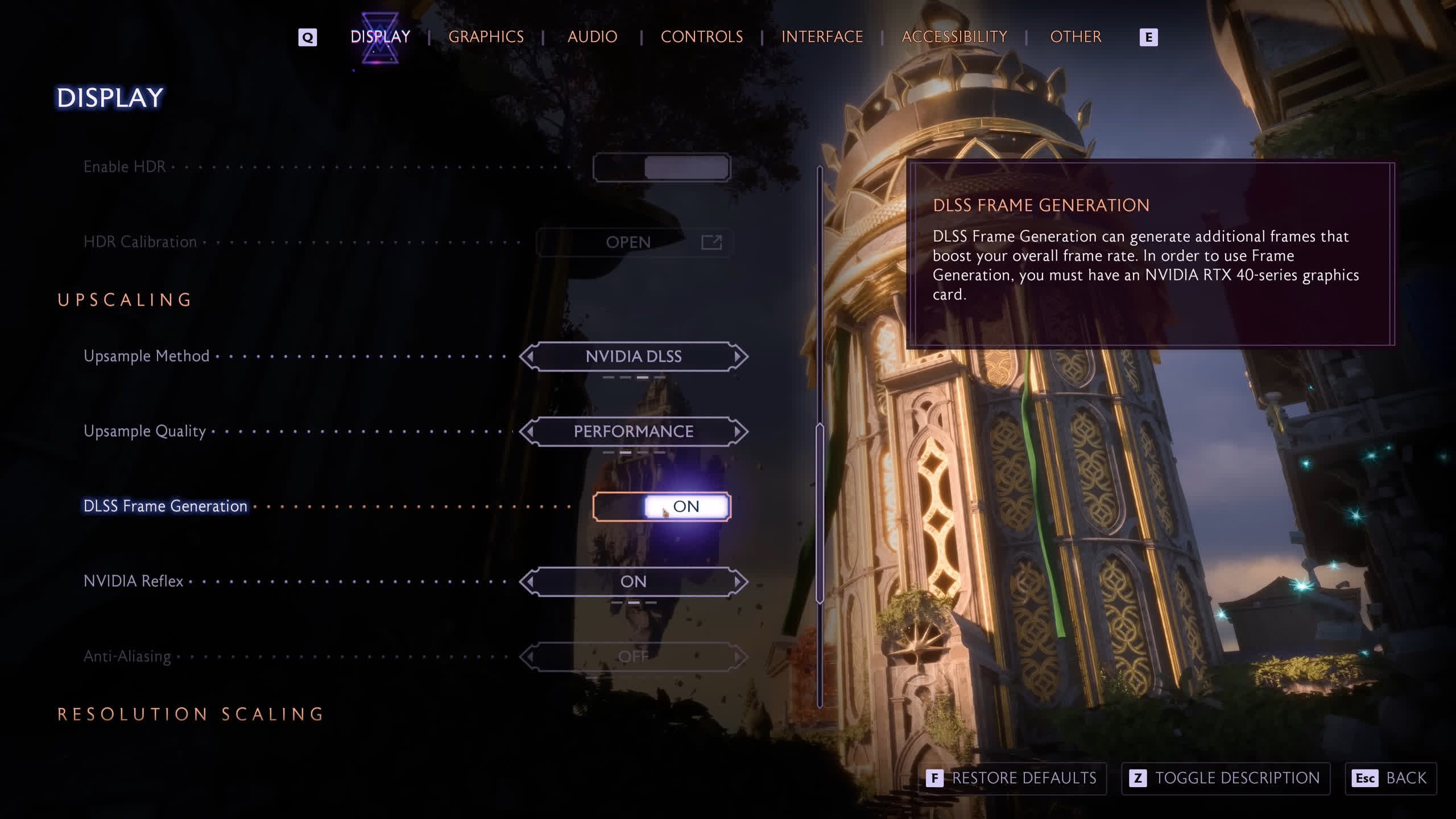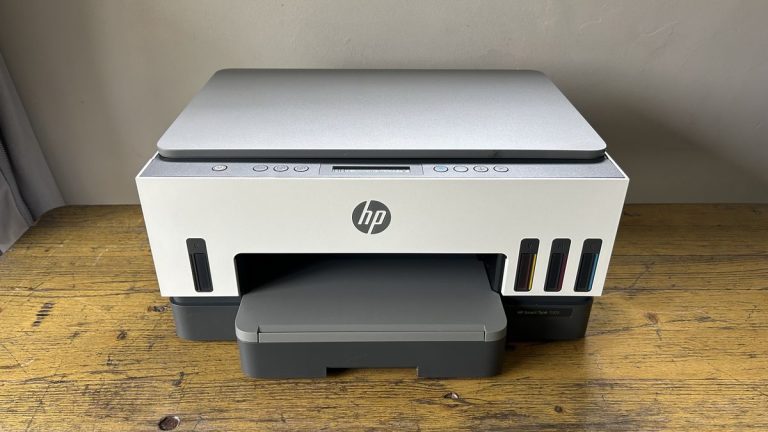Revolutionize Gaming with Nvidia’s Game-Changing DLSS 4 Multi-Frame Generation Technology

The Skinny on NVIDIA’s DLSS 4 and Multi-Frame Generation
NVIDIA’s latest gaming promise, DLSS 4, has made headlines with its intriguing new feature: Multi-Frame Generation. Exclusive to the GeForce 50 series, this technology generates up to three frames per rendered frame, boosting performance and image quality. But how does it work, and is it worth the hype?
A New Era of Frame Generation
Multi-Frame Generation is just one part of the DLSS 4 bundle, which also comprises updates to single frame generation, super resolution upscaling, and ray reconstruction. These improvements aren’t exclusive to the new GPUs, so existing GeForce RTX hardware can still benefit from them. However, Multi-Frame Generation is the focus of this article, as it’s the unique selling point for the RTX 50 series.
A Narrower Use Case
Unlike previous versions of DLSS, Multi-Frame Generation has a narrower appeal. It only excels for single-player gamers who:
- Play on high-refresh-rate monitors (240Hz or higher)
- Notice the additional smoothness compared to single-frame generation
- Are okay with the trade-off between smoothness and latency/artifacts
Limitations and Misleading Marketing
NVIDIA’s marketing pitch, claiming that Multi-Frame Generation can "double or triple your effective FPS experience," is misleading. The company is comparing apples to oranges by ignoring key differences in image quality and latency between single-frame and multi-frame generation.
Our Take
We’ve tested Multi-Frame Generation on a 4K 240Hz OLED monitor with a GeForce RTX 5090. While it’s impressive, the experience is only worthwhile for a select few. For the average gamer with a mid-range setup, it’s not worth the upgrade.
The Verdict
DLSS 4 Multi-Frame Generation might be great for a niche group of gamers, but it’s not a game-changer for the masses. It’s crucial to separate fact from fiction when evaluating the technology, as any benefits come with a trade-off in terms of image quality and latency. Marketers must stop making false promises, and the gaming community should stay informed about the actual benefits and limitations of frame generation technology.






